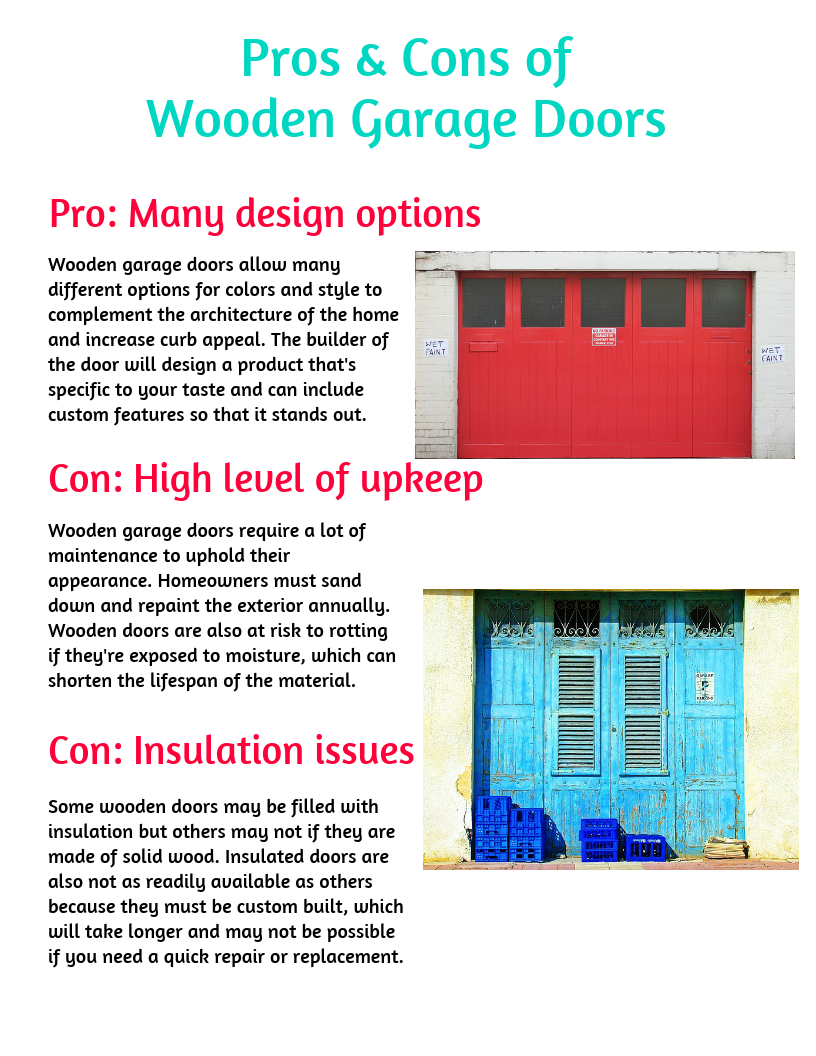The Most Effective Stress Washing Techniques For Every Surface Area
The Most Effective Stress Washing Techniques For Every Surface Area
Blog Article
Content Written By-Coley Puckett
When it comes to pressure cleaning, the method you choose can make all the difference in attaining a tidy, streak-free surface. You might discover that difficult surfaces, like concrete, require a various approach than softer products, such as wood or plastic. It's important to adapt your approaches to the surface type to stop damage while making the most of cleansing efficiency. So, what are the most effective techniques for every surface area, and just how can you guarantee you're making use of the appropriate settings and tools for the job? Allow's discover what you need to recognize to get the most effective results.
Hard Surfaces
When it pertains to pressure cleaning tough surface areas, prep work is key. Before you also think about pulling out the stress washer, make the effort to remove the location of any particles, furniture, or barriers. You do not want anything entering your method or possibly destructive your equipment.
Next off, check the surface for any kind of splits or damage; this will certainly assist you establish the right technique and stress setups.
Once you've prepared the location, it's essential to pick the appropriate nozzle. For hard surfaces like concrete or block, a slim nozzle (15 or 25 levels) works best to give a concentrated stream of water that can properly get rid of grime and discolorations. Always start at a distance and gradually move better to avoid any surface damages.
As you start washing, maintain the stick transferring to protect against streaks and over-saturation. It's also practical to function from the top down, enabling dirt and particles to get rid of naturally.
Lastly, keep in mind to wash the surface completely after cleaning to eliminate any kind of leftover detergent. With these techniques, you'll attain a clean and renewed appearance on all your difficult surfaces.
Soft Surfaces
Stress washing soft surfaces calls for a gentler approach to safeguard them from damage. Whether you're cleansing your deck, patio furniture, or siding, making use of excessive pressure can cause dents, scrapes, or even permanent harm.
Start by picking a low-pressure nozzle, ideally a 25-degree or wider spray pattern, to spread the water much more gently.
Before you begin, it's crucial to pre-treat any discolorations with an appropriate cleaning solution. This action allows the cleaner to permeate the dirt and grime, making it much easier to wash away without scrubbing as well hard.
Constantly use the solution from all-time low up to protect against streaking.
When you start pressure washing, preserve a distance of at least 12 to 18 inches from the surface. Move your stick in a sweeping motion, keeping it alongside the surface to prevent concentrated stress on one area.
Rinse the location extensively after cleaning up to remove any type of recurring cleaner.
Last but not least, examine the surface for any missed out on areas and duplicate the procedure if needed. By complying with these actions, you can efficiently tidy soft surfaces while preserving their honesty and appearance.
Specialty Surfaces
Cleaning soft surfaces needs treatment, yet specialty surfaces require much more focus to detail. When you take on these surfaces, like delicate timber, tarnished concrete, or particular kinds of house siding, utilizing the appropriate pressure washing techniques is vital to prevent damages.
Initially, evaluate the material. For example, dealt with timber can typically hold up against moderate stress, but softer woods like cedar might call for a reduced setup. Constantly start with the lowest stress and progressively increase if required.
For tarnished concrete, utilize a follower spray nozzle and maintain a regular distance to prevent etching the surface area.
When handling surface areas like plastic house siding or painted surfaces, a vast spray pattern assists disperse the stress equally, shielding the surface.
It's likewise a good idea to utilize cleaning agents specifically made for specialized surface areas. exterior window cleaning charleston can enhance cleaning without endangering the material.
Rinse thoroughly after cleaning to get rid of any type of deposit, as it can result in staining or degeneration in time.
Verdict
In conclusion, understanding stress cleaning methods for various surface areas can make all the difference in your cleaning outcomes. For tough surface areas, stay with slim nozzles and a top-to-bottom strategy, while soft surface areas need a gentler touch with broader nozzles. Don't forget to pre-treat discolorations and wash extensively to stay clear of deposit. By adapting https://www.nytimes.com/wirecutter/guides/how-to-clean-baking-sheets/ to each product, you'll not only accomplish a cleaner finish but also secure the honesty of your surface areas. Satisfied cleaning!
